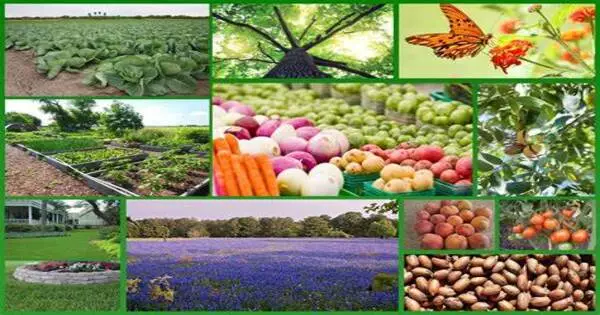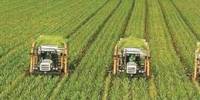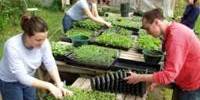Horticulture is the cultivation of plants in gardens or greenhouses, as opposed to agriculture’s field-scale crop production. It is the science and art of growing and producing plants, notably fruits, vegetables, nuts, seeds, herbs, sprouts, mushrooms, algae, seaweeds, and decorative trees and plants. Fruits, vegetables, nuts, seeds, herbs, sprouts, mushrooms, algae, flowers, seaweeds, and non-food crops such as grass and ornamental trees and plants are all included.
Horticulturists use their knowledge, skills, and procedures to increase plant growth, yield, quality, and health in general. Plant conservation, landscape restoration, landscape and garden design, building, and management, and arboriculture, ornamental trees, and lawns are all included.
Horticulture is a subsistence strategy in anthropology that involves the small-scale, non-industrial cultivation of plants for food. Hand tools such as digging sticks, hoes, and carrying baskets are used in horticulture. Agriculture, in contrast to horticulture, is considered by anthropologists as a more intensive strategy including plowing, animal traction, and intricate irrigation and soil management procedures.
Key aspects of horticulture include:
- Plant Propagation: Horticulturists use various methods like seeds, cuttings, grafting, and tissue culture to propagate plants.
- Crop Production: Horticulture encompasses the cultivation of crops like fruits (apples, oranges, strawberries), vegetables (tomatoes, lettuce, carrots), nuts (almonds, walnuts), and more.
- Soil Management: Understanding soil composition and health is crucial in horticulture. Horticulturists often focus on improving soil fertility and structure to optimize plant growth.
- Pest and Disease Management: Horticulturists study and employ strategies to protect plants from pests and diseases through biological, chemical, or integrated pest management techniques.
- Water Management: Efficient irrigation practices are essential for ensuring proper plant hydration while conserving water resources.
- Nutrition and Fertilization: Providing plants with the right nutrients in the correct quantities is vital for their growth and productivity. This may involve the use of fertilizers.
- Pruning and Training: Proper pruning and training of plants can enhance their shape, promote better fruit production, and improve overall health.
Horticulture is a broad field that includes pomology (fruit production), olericulture (vegetable cultivation), floriculture (flower cultivation), and arboriculture (tree maintenance). It is necessary for guaranteeing a consistent and nutritious food supply, beautifying landscapes, and contributing to environmental sustainability.
















